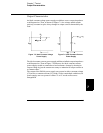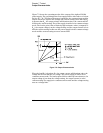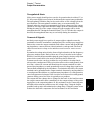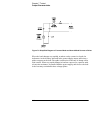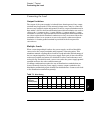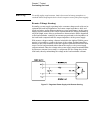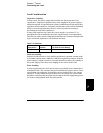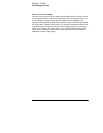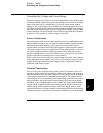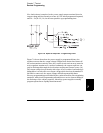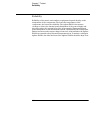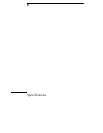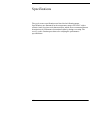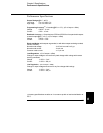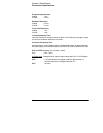
Chapter 7 Tutorial
Extending the Voltage and Current Range
151
7
Extending the Voltage and Current Range
The power supply may be able to provide voltages and currents greater than
its rated maximum outputs if the power-line voltage is at or above its nominal
value. Operation can be extended up to 3% over the rated output without
damage to the power supply, but performance can not be guaranteed to meet
specifications in this region. If the power-line voltage is maintained in the upper
end of the input voltage range, the power supply will probably operate within
its specifications. The power supply is more likely to stay within specifications
if only one of the voltage or current outputs is exceeded.
Series Connections
Series operation of two or more power supplies can be accomplished up to the
output isolation rating of any one supply to obtain a higher voltage than that
available from a single supply. Series connected power supplies can be
operated with one load across both power supplies or with a separate load for
each power supply. The power supply has a reverse polarity diode connected
across the output terminals so that if operated in series with other power
supplies, damage will not occur if the load is short-circuited or if one power
supply is turned on separately from its series partners.
When series connection is used, the output voltage is the sum of the voltages
of the individual power supplies. The current is the current of any one power
supply. Each of the individual power supplies must be adjusted in order to
obtain the total output voltage.
Parallel Connections
Two or more power supplies being capable of CV/CC automatic cross over
operation can be connected in parallel to obtain a total output current greater
than that available from one power supply. The total output current is the sum
of the output currents of the individual power supplies. The output of each
power supply can be set separately. The output voltage controls of one power
supply should be set to the desired output voltage; the other power supply
should be set for a slightly higher output voltage. The supply with the higher
output voltage setting will deliver its constant current output, and drop its
output voltage until it equals the output of the other supply, and the other
supply will remain in constant voltage operation and only deliver that fraction
of its rated output current which is necessary to fulfill the total load demand.



